Twenty possible new species discovered across ten seamounts, the first ever recording of a rare squid, and thriving deep-sea coral reefs were located during an expedition to international waters of the Nazca Ridge.
Video and photos are available here.
VALPARAISO, Chile – A team of oceanographers led by Schmidt Ocean Institute have discovered and mapped a new seamount on the Nazca Ridge in international waters, 900 miles off the coast of Chile. The Nazca Ridge, an underwater mountain chain, along with the adjoining Salas y Gómez Ridge, is one of several global locations under consideration for designation as a high seas marine protected area.
The seamount discovery is one of many from a 28-day expedition to the international waters of the Nazca Ridge led by Schmidt Ocean Institute in partnership with Ocean Census and the Center for Coastal and Ocean Mapping/Joint Hydrographic Center at the University of New Hampshire.
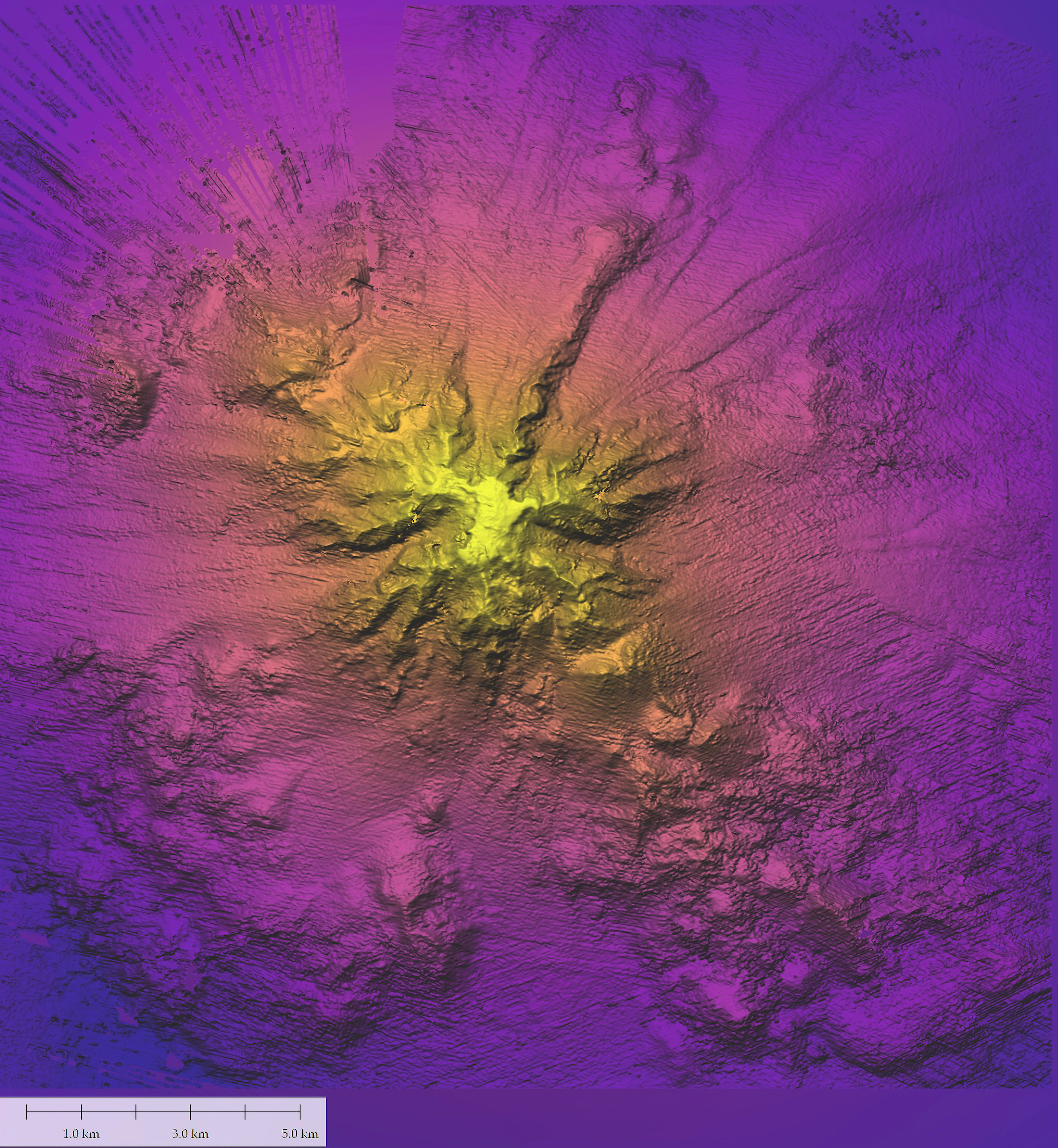
The newly discovered underwater mountain is over 1.9 miles (3109 meters) tall and supports a thriving deep-sea ecosystem. In addition to mapping the seamount, the team conducted an exploratory dive with an underwater robot on one of the mountain’s ridges, finding sponge gardens and ancient corals.
The team mapped and explored nine additional unprotected features on this Southeast Pacific underwater mountain range. One of the mountains harbors a pristine coral garden consisting of deep-sea corals that provide shelter for an array of organisms such as rockfish, brittle stars, and king crabs. With an area of approximately 800 square meters, this coral garden is about the size of three tennis courts.
Beyond mapping seamounts to high resolution and conducting ROV surveys, the team captured the first camera footage of a live Promachoteuthis squid, a genus that is so rare that only three species have been described based on only a few collected specimens, several of which are from the late 1800s. Until now, the squid genus has only been characterized from dead samples found in nets. They also documented a Casper octopus, the first time this species has been seen in the Southern Pacific. Two rare Bathyphysa siphonophores, commonly known as flying spaghetti monsters, were also seen during the expedition.
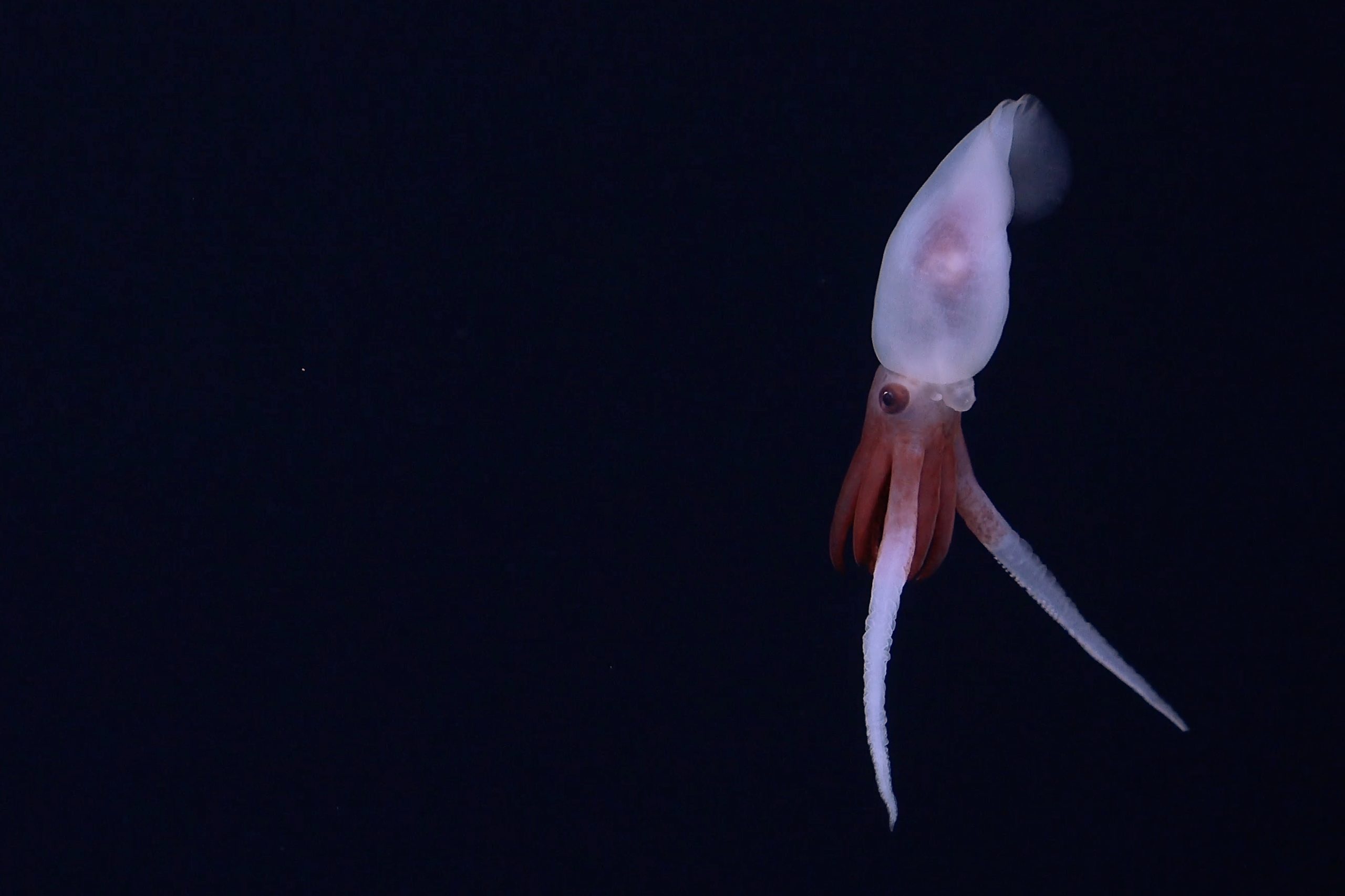
“Upon concluding our third expedition to the region, we’ve explored around 25 seamounts on the Nazca and Salas y Gómez Ridges,” said Co-Chief Scientist and Schmidt Ocean Institute Marine Technician, Tomer Ketter. “Our findings highlight the remarkable diversity of these ecosystems, while simultaneously revealing the gaps in our understanding of how the seamount ecosystems are interconnected. We hope the data gathered from these expeditions will help inform future policies, safeguarding these pristine environments for future generations.”
The expedition was the third exploration this year of the Salas y Gómez and Nazca Ridges conducted on the Schmidt Ocean Institute’s R/V Falkor (too). Two previous expeditions in January and February documented over 150 previously unknown species and numerous range extensions for animals not previously known to live on the ridge. An additional 20 suspected new species were collected during this expedition.
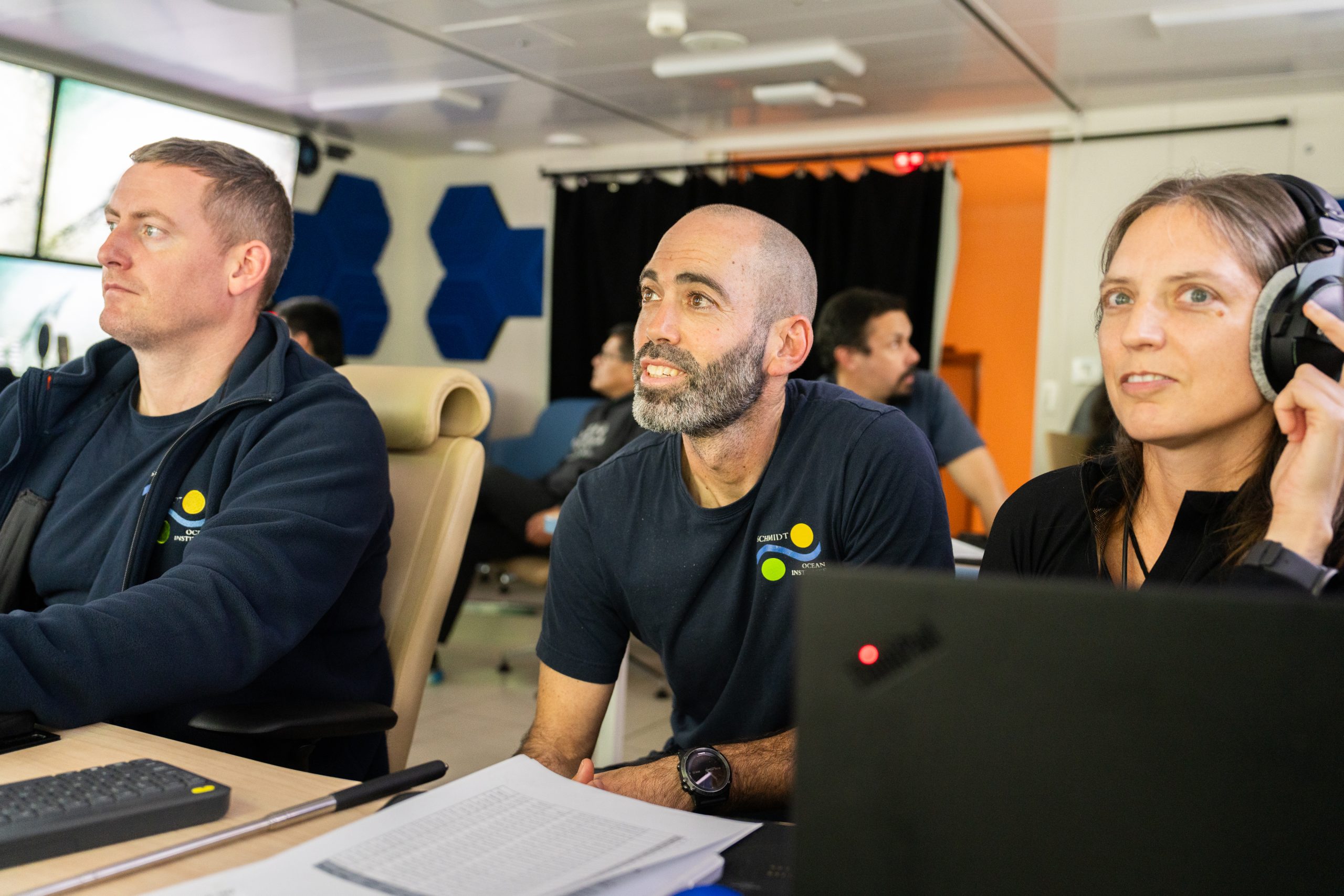
Prior to Schmidt Ocean Institute’s expeditions this year, 1,019 species were known to live in this portion of the Pacific Ocean. The number now exceeds 1,300 and is growing. The records will be sent to the Ocean Census, an international, collaborative alliance led by the Nippon Foundation and Nekton to accelerate the discovery and protection of ocean life.
“The seamounts of the Southeastern Pacific host remarkable biological diversity, with species found nowhere else to date,” said Prof. Alex David Rogers, Science Director of Ocean Census, “The work our taxonomists have conducted aboard Falkor (too), supported by Schmidt Ocean Institute team, will significantly enhance our understanding of the distribution of remarkable life forms on these underwater mountains, including several that have never before been mapped or seen by human eyes.”
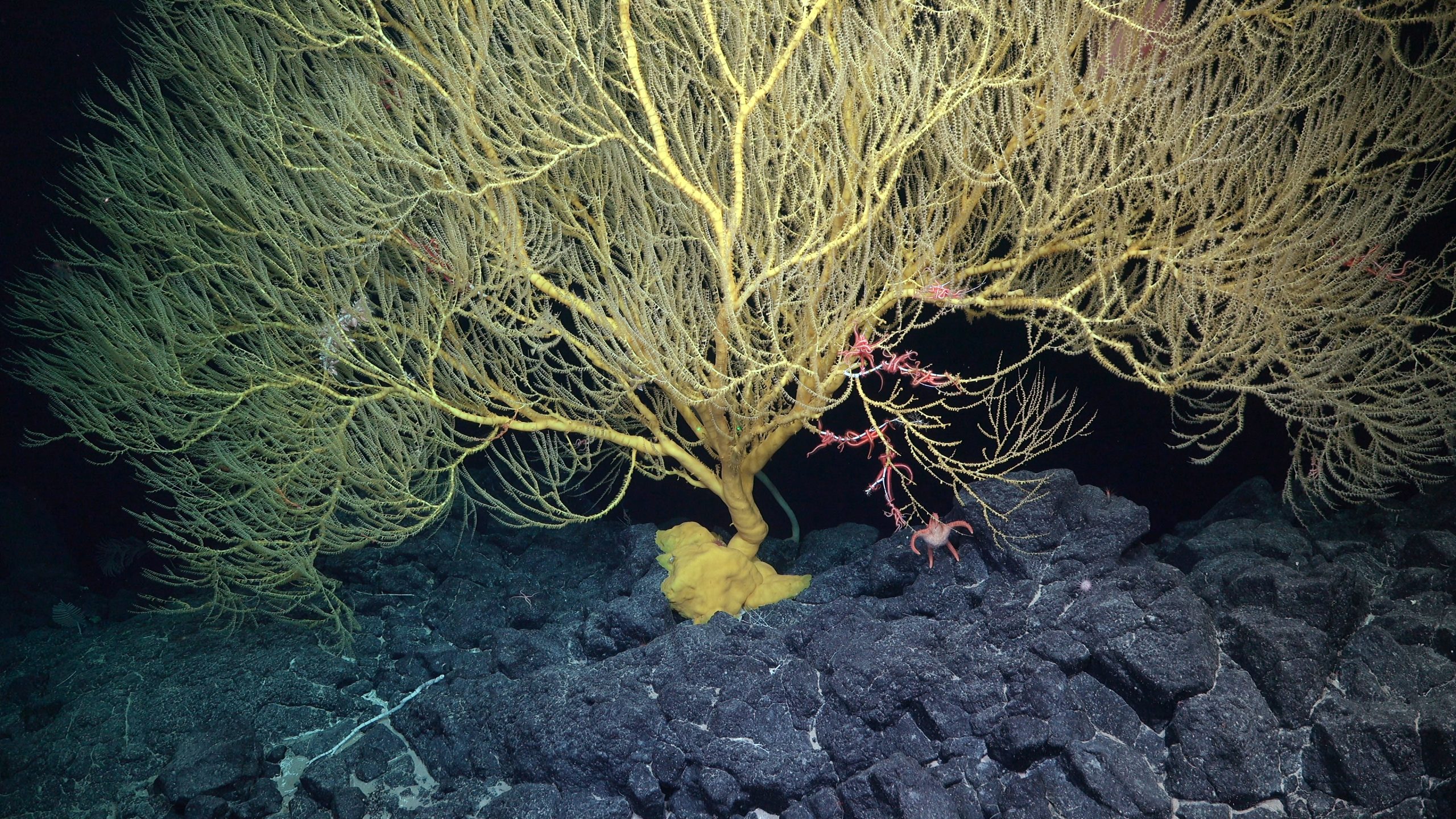
High-resolution mapping was conducted by a team of hydrographers who graduated from the Center for Coastal and Ocean Mapping/Joint Hydrographic Center at the University of New Hampshire. The seafloor data will be included in the Nippon Foundation-GEBCO Seabed 2030 Project and will contribute to international understanding and management of Nazca and Salas y Gómez.
“This was the first mission led by the staff and crew of Schmidt Ocean Institute, with wonderful colleagues from a number of organizations on board, and I was privileged to be among the scientists joining the research vessel remotely,” said Co-Chief Scientist and Schmidt Ocean Institute Executive Director Dr. Jyotika Virmani. “The discovery of a new seamount almost 2 miles tall – almost four times as tall as the Burj Khalifa – with a vibrant ecosystem was very exciting. Only 26% of the seafloor has been mapped to this high resolution and each expedition on Falkor (too) brings into focus a little more of the unknown seabed and life on our home planet.”
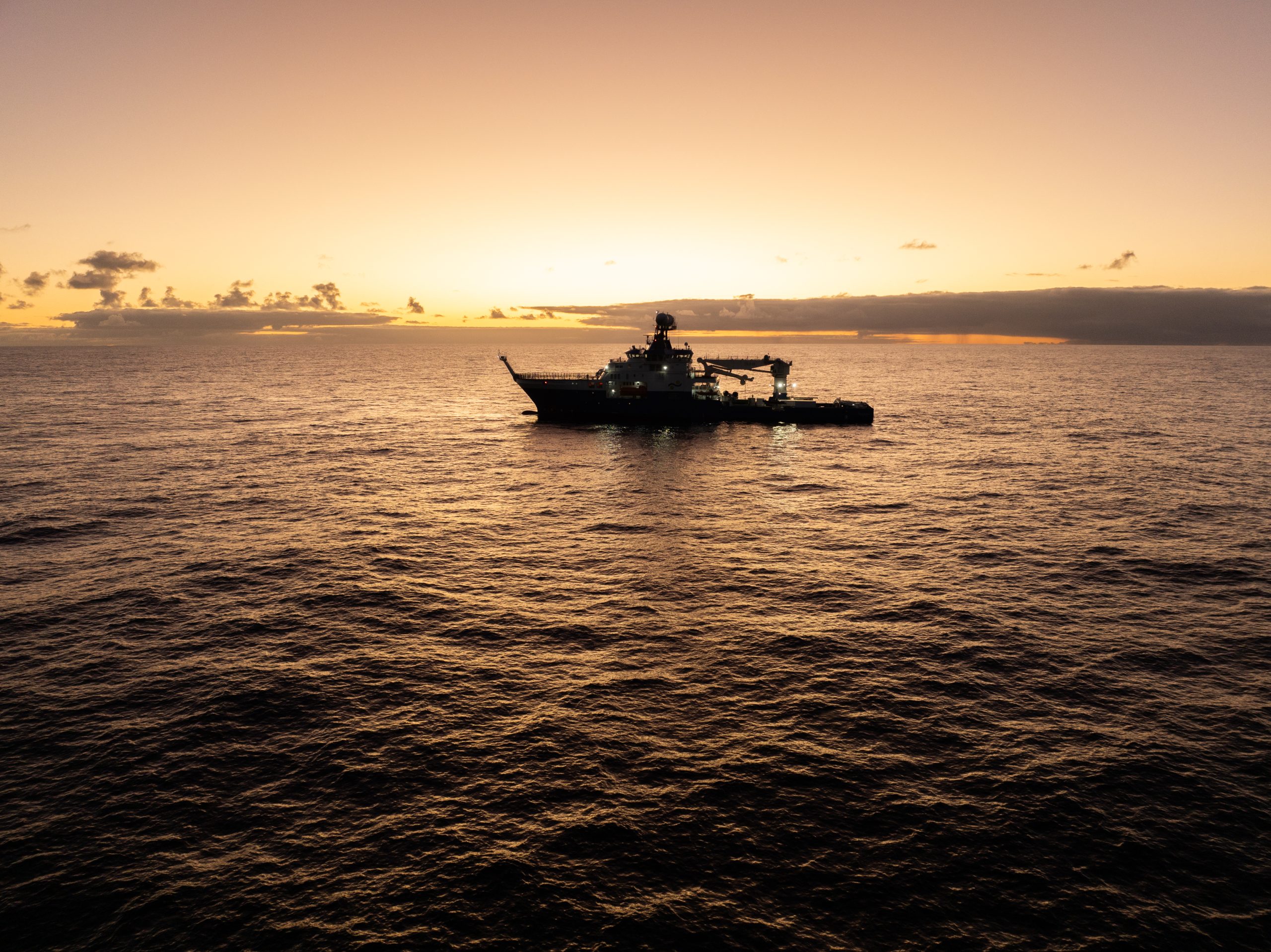
About the Organizations
Schmidt Ocean Institute was established in 2009 by Eric and Wendy Schmidt to catalyze the discoveries needed to understand our ocean, sustain life, and ensure the health of our planet through the pursuit of impactful scientific research and intelligent observation, technological advancement, open sharing of information, and public engagement, all at the highest levels of international excellence. For more information, visit www.schmidtocean.org.
The Ocean Census is a global network of scientific, conservation, and technology partners collaborating to accelerate the discovery and protection of ocean life. Launched in April 2023 by The Nippon Foundation and Nekton Foundation, the Ocean Census aims to develop and implement innovative strategies and technologies to accelerate the identification of marine species, address the ocean biodiversity crisis, and support sustainable development goals. Learn more at https://oceancensus.org/.
The Center for Coastal and Ocean Mapping/Joint Hydrographic Center (CCOM/JHC) was founded in 1999 with two main objectives—to develop tools to advance ocean mapping and hydrography, and to train the next generation of hydrographers and ocean mappers. The JHC is a formal cooperative partnership between the University of New Hampshire and the National Oceanic and Atmospheric Administration (NOAA) whose aim is to create a national center for expertise in ocean mapping and hydrographic sciences. CCOM, a complementary university center, expands the scope of ocean mapping interaction and collaboration with the private sector, other government agencies, and other universities. Learn more at https://ccom.unh.edu/.
ESMOI, the Center for Ecology and Sustainable Management of Oceanic Islands at the Universidad Católica del Norte, bases its work on 4 fundamental axes: 1) frontier research, 2) training of young scientists, 3) formation of national and international collaboration networks, and 4) connection with the national and international sectors. Its goal is to generate the scientific basis necessary for a strategy of sustainable management and conservation of marine ecosystems associated with seamounts and oceanic islands from Chile and the Pacific, contributing to the UN Sustainable Development Goals. Learn more at https://esmoi.ucn.cl/
Oceana is the largest international advocacy organization dedicated solely to ocean conservation. Oceana is rebuilding abundant and biodiverse oceans by winning science-based policies in countries that control one-quarter of the world’s wild fish catch. Learn more at https://oceana.org/
# # # #
